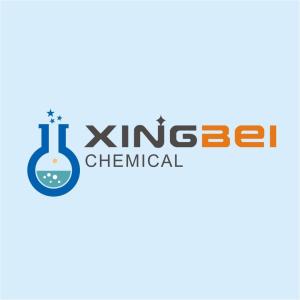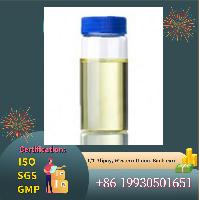Signal: Danger
GHS Hazard Statements
H226: Flammable liquid and vapor [Warning Flammable liquids]
H302: Harmful if swallowed [Warning Acute toxicity, oral]
H312: Harmful in contact with skin [Warning Acute toxicity, dermal]
H314: Causes severe skin burns and eye damage [Danger Skin corrosion/irritation]
H332: Harmful if inhaled [Warning Acute toxicity, inhalation]
H412: Harmful to aquatic life with long lasting effects [Hazardous to the aquatic environment, long-term hazard]
Precautionary Statement Codes
P210, P233, P240, P241, P242, P243, P260, P261, P264, P270, P271, P273, P280, P301+P312, P301+P330+P331, P302+P352, P303+P361+P353, P304+P312, P304+P340, P305+P351+P338, P310, P312, P321, P322, P330, P363, P370+P378, P403+P235, P405, and P501

 EN
EN











